Advertising
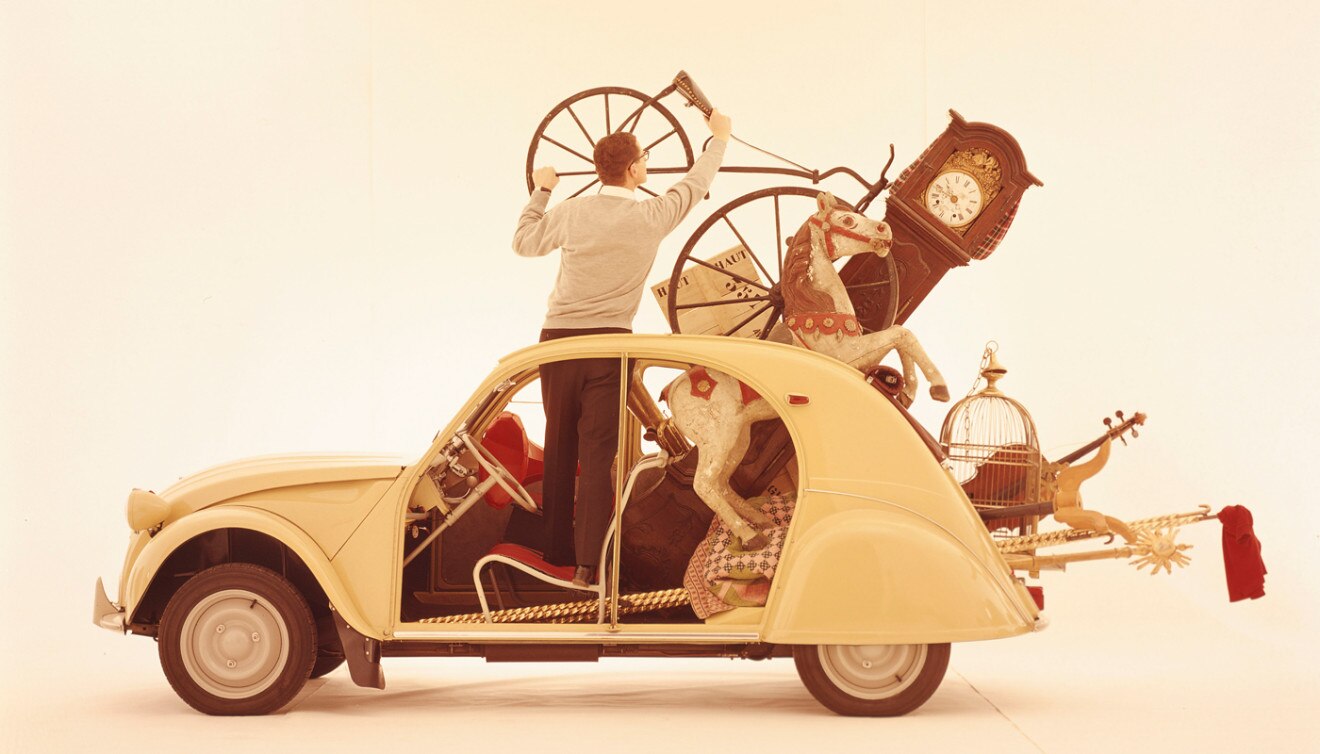
SPECIAL EVENTS
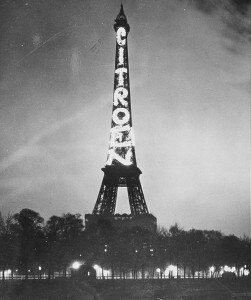 André Citroën’s communication policy placed the emphasis on the spectacular. At the opening of the seventh Motor Show in 1922, for example, Citroën hired a plane to write his name in letters of smoke in the sky over a distance of 5 km.
André Citroën’s communication policy placed the emphasis on the spectacular. At the opening of the seventh Motor Show in 1922, for example, Citroën hired a plane to write his name in letters of smoke in the sky over a distance of 5 km.
Between 1925 and 1934, Citroën had his name displayed in lights 30 m high on the Eiffel Tower (250,000 light bulbs and 600 km of electrical wiring), to stunning visual effect. Charles Lindbergh used the lights to guide him in to land at the end of his trans-Atlantic crossing.
At Citroën, advertising sometimes took forms that had never been seen before. One example was the advertising caravans, made up of all the vehicles in the range, which travelled the roads of France, stopping over for one or two days near the local Citroën dealer.
SIGNAGE
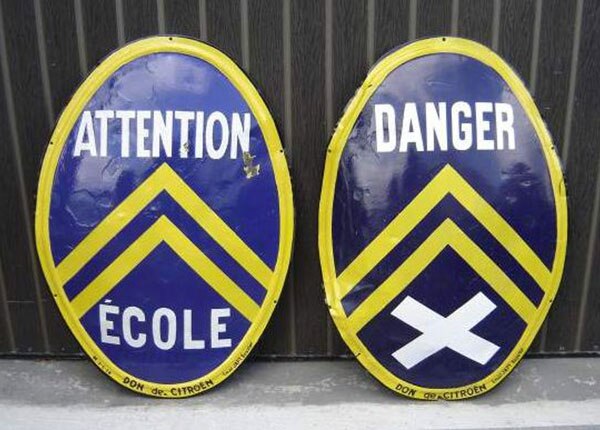 Citroën’s first vehicle advert appeared in 1919. It announced the launch of the famous Type A… one month before production. This sense of anticipation, combined with a taste for innovation and the spectacular, were the hallmarks of André Citroën’s communication policy.
Citroën’s first vehicle advert appeared in 1919. It announced the launch of the famous Type A… one month before production. This sense of anticipation, combined with a taste for innovation and the spectacular, were the hallmarks of André Citroën’s communication policy.
At this time, it was usual for road signs to be “sponsored”. André Citroën quickly recognised road signage as a great way to make a name for himself and to raise the profile of his company. He set up road signs and sign posts the length and breadth of France, all cleverly marked as donated by Citroën.
No fewer than150,000 signs were set up around France… 150,000 signs that closely resembled the signage used by the brand network. Here again, André Citroën was ahead of his time…
TELEVISION
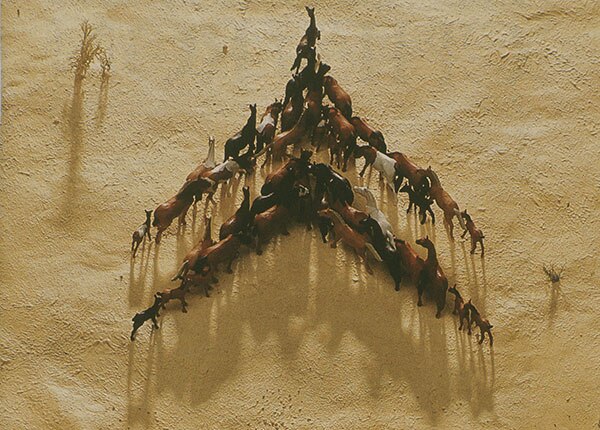 Citroën discovered TV advertising in 1968 with the 2CV. But it was only in 1974, with the arrival of the advertising agency RSCG, that the brand really made its mark on the small screen.
Citroën discovered TV advertising in 1968 with the 2CV. But it was only in 1974, with the arrival of the advertising agency RSCG, that the brand really made its mark on the small screen.
Citroën staged a major coup with a TV commercial for the Visa, in which the car was catapulted off an aircraft carrier into the sea, only to re-emerge on a submarine. The slogan was “Visa, ça décoiffe” (Visa takes your breath away or, literally, plays havoc with your hairdo). In 1985, the “wild chevrons” campaign” heralded an era of spectacular advertising. Opting for a bold approach, Citroën staged an ad on the Great Wall of China, for example.
With the Xantia in 1993, Citroën introduced a new slogan: “Discover what Citroën can do for you”. In subsequent years, Citroën has continued to show great creativity, bringing the advert closer to the product. A good example is the 2005 film “C4 Dancer”, which was watched around the world.
POSTERS
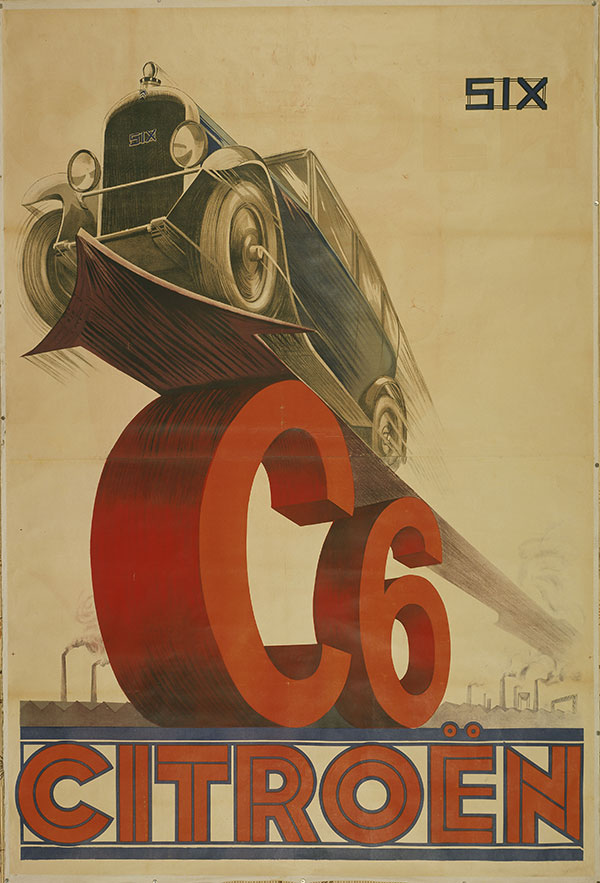 André Citroën set great store by advertising. In the 1920s,Pierre Louys (artist, photographer and head of advertising until 1934) created some superb posters and also called upon other talented artists of the day. That was the first era.
André Citroën set great store by advertising. In the 1920s,Pierre Louys (artist, photographer and head of advertising until 1934) created some superb posters and also called upon other talented artists of the day. That was the first era.
The second era started in 1957, with the arrival of Robert Delpire. A man with a remarkable talent for words and pictures, he gave Citroën a new style based on highly detailed artwork and an offbeat tone. Using avant-garde techniques and materials, he designed campaigns for the 2CV and the DS.
In 1981, eight years after the arrival of RSCG (1974), Savignac gave the chevrons new impetus with his bright and cheery posters. In short, Citroën advertising is part of the brand’s history and has left an enduring mark.